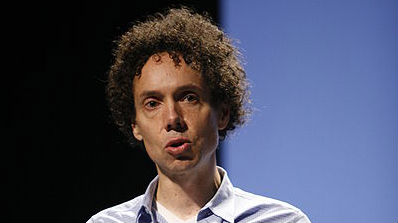CNN Thinks LOL Cats Are the Future of News

Now that CNN and BuzzFeed have joined forces to create a new online video destination, the meme-ification of the news is almost complete. The viral celebrities, the LOL cats, and the Listicles have won. The one company at the nexus of the meme aggregation movement – BuzzFeed – and the one media company that practically invented the 24-hour news cycle – CNN – have partnered to give you the 24-Hour Buzz Cycle. All buzz, all the time.
BuzzFeed claims to have figured out how news stories can be cleverly repackaged as “sponsored stories” to be shared by young users virally across their mobile devices, and is doing its part to convert traditional media companies to its way of thinking. CNN certainly buys in to it — if only because Older CNN Executives Are Having Difficulty Envisioning as Any Sort of Lucrative Content Model. Instead of hard-hitting news paid for by traditional advertisers like Detroit’s automakers, this means we can now expect things like 23 Beautiful Photos Taken From a Car, sponsored by Zipcar. CNN, once a proud news franchise, is now just good for retrieving some archival footage and gathering research for Listicles (those annoying Lists that pollute the Web). Meanwhile, all the heavy lifting goes to BuzzFeed, which will be responsible for creating the “voice” of the 24-Hour Buzz Cycle. In other words, instead of reporting the news, BuzzFeed will be figuring out how to transform important news stories into a bunch of GIFs, Vines and viral videos. The launch day video was Amazing Rescue Moments Shown on CNN.
It doesn’t have to be this way, of course. Do we really want Kai the Hatchet-Wielding Hitchhiker and Charles (“I was eatin’ my MacDonald’s”) Ramsay to replace CNN anchors? Do we really want global news reporting to be replaced with a bunch of mind-numbing Top 10 Lists and “Angry Baby” videos?
Jaron Lanier, one of the foremost thinkers about the future of the Internet and the author of Who Owns the Future?, doesn’t think we have to accept this lowbrow approach to the media. In a recent interview with Nieman Journalism Lab, he described how the whole “Information wants to be free” argument beloved by early Web visionaries has distorted our thinking about the future. In short, “information wants to be free” only works when the whole economy is not built on the back of free information. Otherwise, what you get is the hollowing-out of the creative class and a bunch of creative professionals – like editors, journalists and news anchors – who are paid next-to-nothing.
What it means for the likes of BuzzFeed and CNN is that the whole ad-supported media model – no matter how clever – is unsustainable over the long-haul. Clinging desperately to this model, says Lanier, will lead to a situation where a growing number of media properties chase a declining number of advertisers, where sales teams vastly outnumber editorial teams, and where the Chinese wall that once separated editorial and advertising will be obliterated. Instead of “news,” we will have a gray area where it is almost impossible to distinguish between “advertising” and “content.” It’s the bleak advertorial future.
So what could the future of news be, if it’s not Listicles and LOL cats? Over at Pando Daily, Hamish McKenzie parses through Lanier’s thinking and comes up with a few innovative examples of media companies taking a different approach to what BuzzFeed and CNN are doing. Instead of chasing advertisers with sponsored LOL cat videos, they are coming up with new business models where advertising is no longer central to the mix, including models based around micro-payments for content producers. As a result, you have digital media companies experimenting with memberships, reader donations, subscriptions and data services as a way to avoid a reliance on ads. In almost every case, they are experimenting with well-written original content and completing ignoring the whole aggregation approach to bringing in readers. This is potentially innovative stuff and really speaks to what is possible when you look beyond a purely advertising-supported model for news.
While there’s no denying that BuzzFeed has been on a roll of late – garnering all kinds of kudos for transforming boring old advertising into meme-worthy stuff for the cool kids – someone has to put a stop to the nonsense that the 24-hour news cycle needs to be replaced by the 24-hour buzz cycle. The future of news is not listicles and LOL cats. The future of news is news.
image: CNN BuzzFeed





